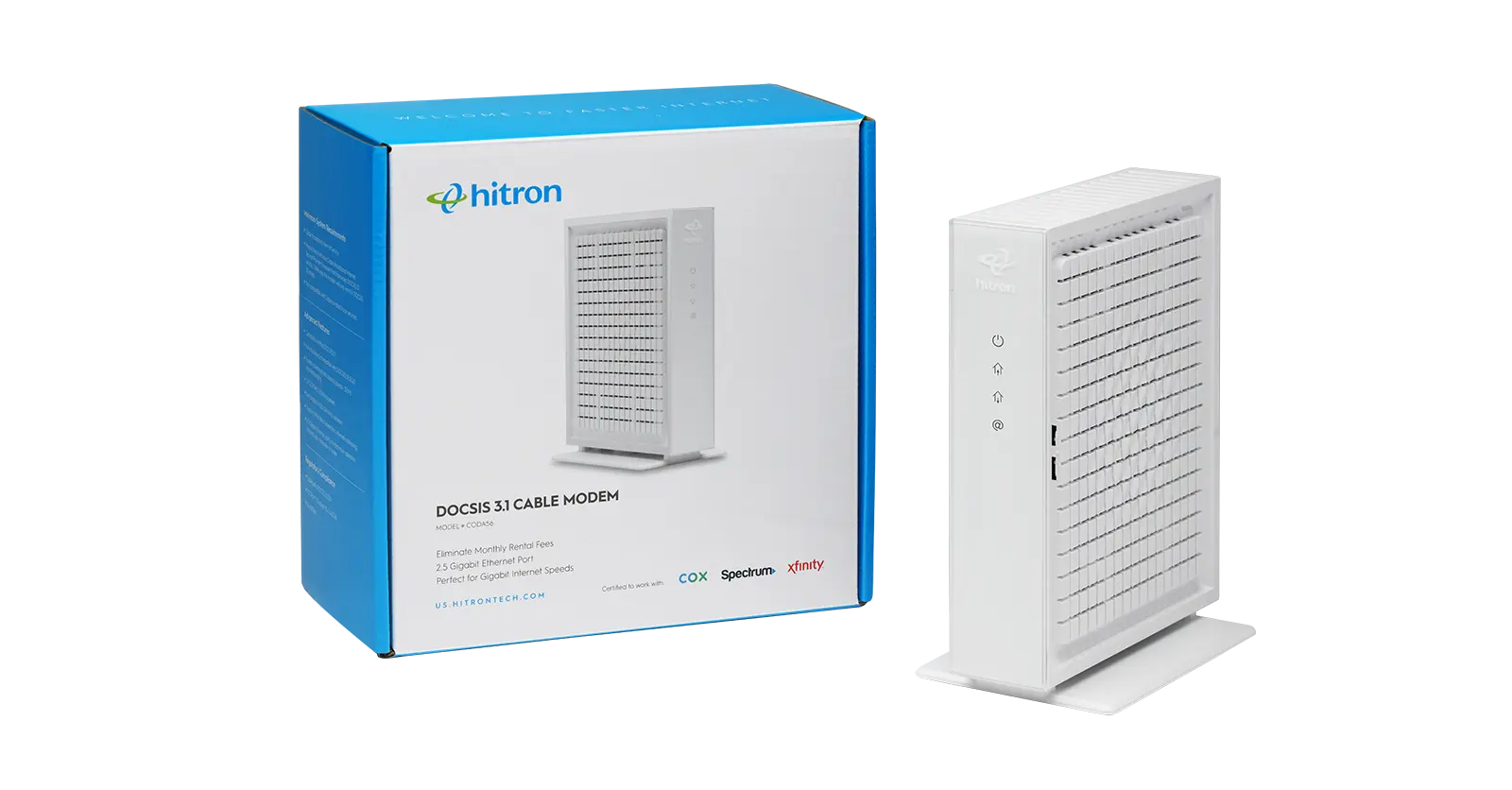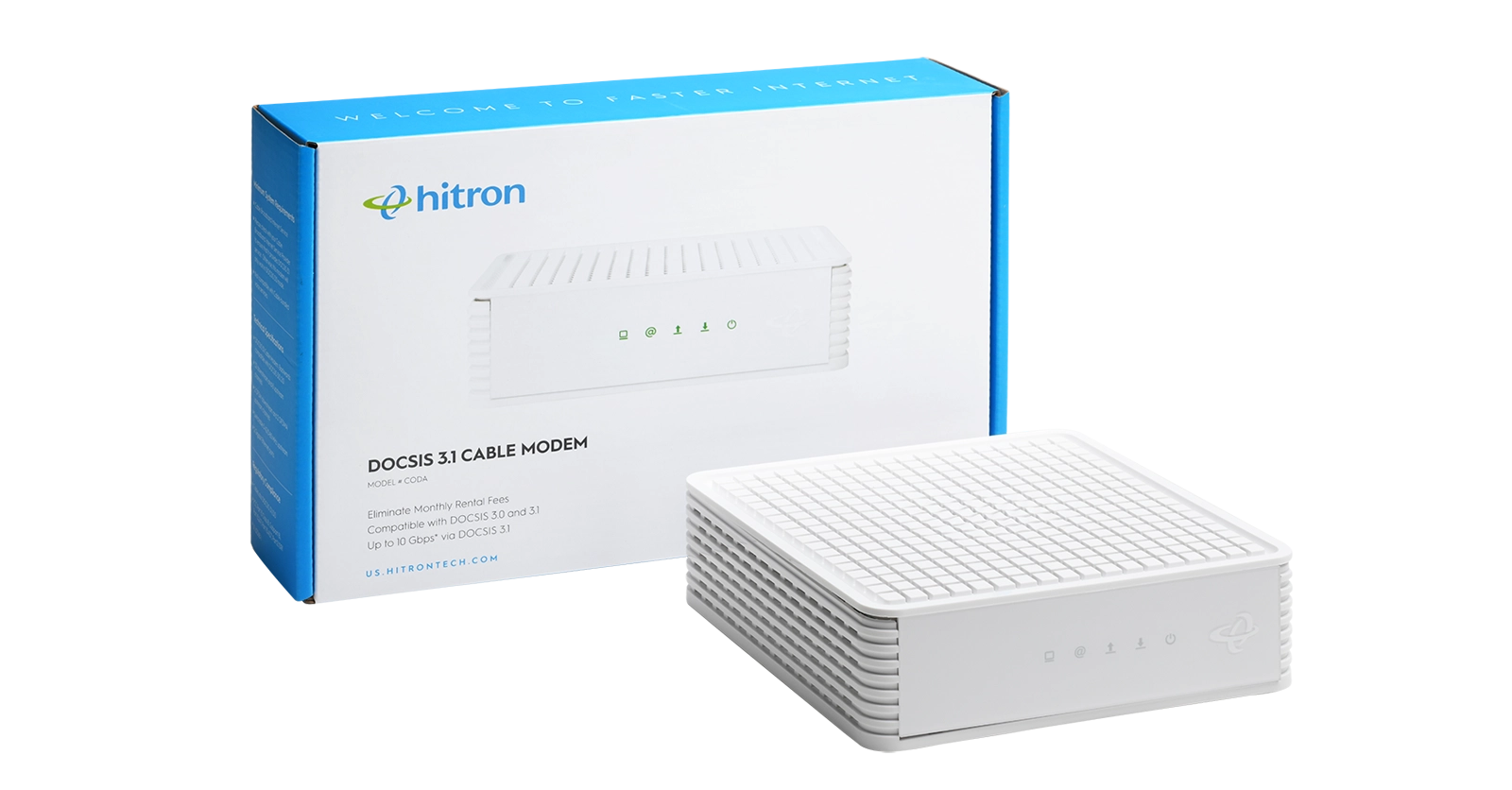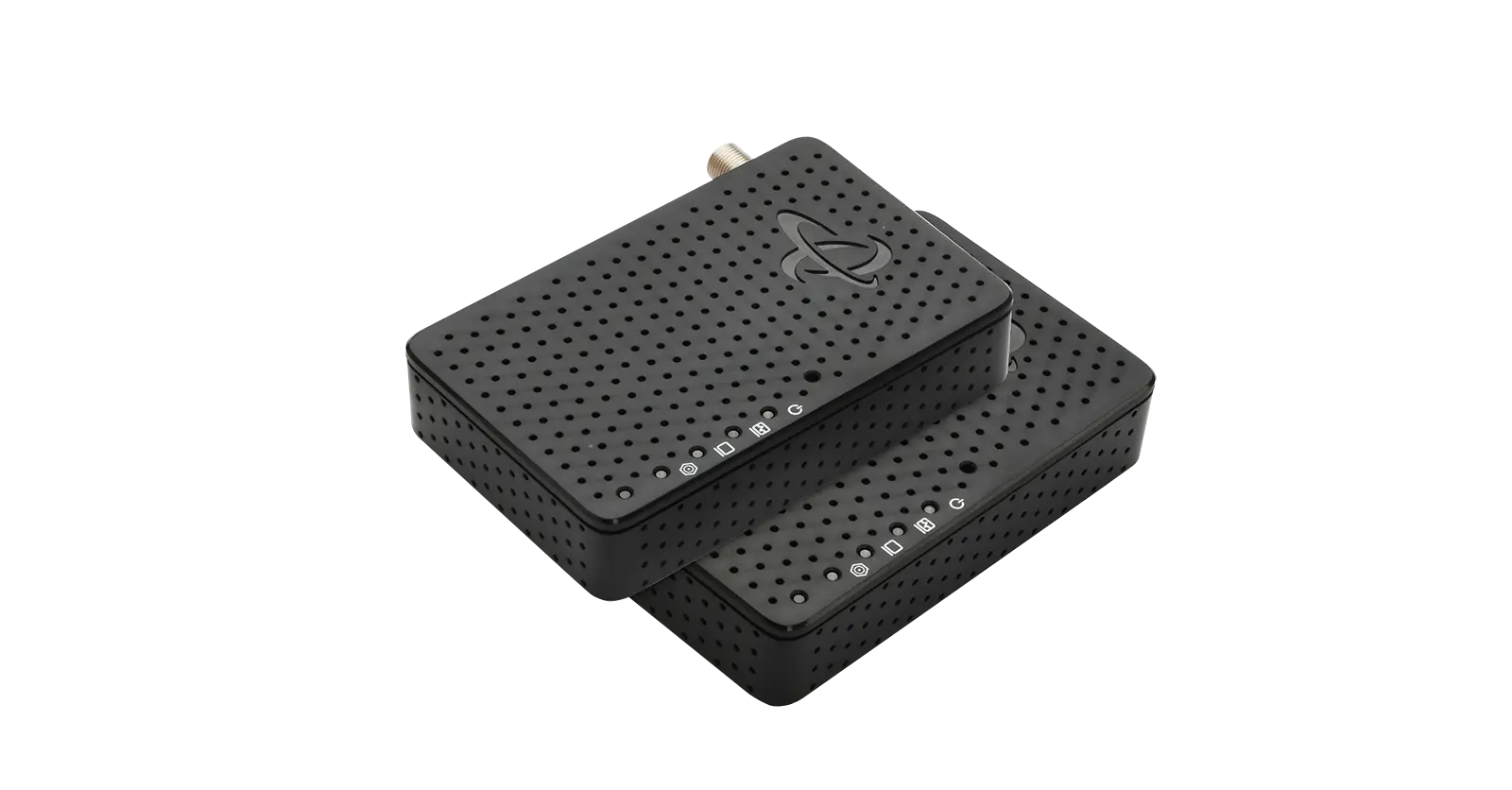It is time to take advantage of DOCSIS for 5G. Your DOCSIS plant covers a large area and many miles of infrastructure. Not too long ago, it seemed non-beneficial and too expensive to offer mobile, today that isn’t the case. In fact, deploying wireless services like 5G is completely achievable using your DOCSIS plant and critical to growing your business.
Carriers no long have to worry about DOCSIS infrastructure timing synchronization only working with expensive GPS solutions. Now, carriers can deploy 5G/cellular services by using existing DOCSIS hybrid fiber cable (HFC) plants to reach more customers and obtain more revenue.
With an HFC that supports DOCSIS Time Protocol (DTP), the new era of wireless backhaul over DOCSIS for 5G deployment is happening. It’s time to become a broadband provider AND mobile provider. Here’s how you can leverage DOCISIS – and once you do, here’s what is possible for your business.
Leveraging DOCSIS & HFC for 5G
A key advantage of using the DOCSIS/HFC cable plant for mobile and small cell deployments is the availability of power in addition to backhaul connectivity. With DOCSIS/HFC, small cells can be deployed quickly and easily. Leveraging your existing plant to deliver mobile, you save more than delivering via fiber. Fiber optic passive optical networks (PONs) require a separate power service to be installed, adding cost, time and complexity of the installation and delivering to customers.
The good news for DOCSIS/HFC carriers is that typically there are 3 to 5 times more coaxial cable than fiber in major metros markets. In the short-to-mid-term, this can translate to huge incentive and reason to leverage DOCSIS for 5G small cell densification.
With its higher peak data rates and lower latencies, however, 5G introduces a new set of demands on the backhaul/ transport facilities. For example, 4G and 5G small cells require precise synchronization and timing. So, how do operators do this without putting an expensive GPS receiver in each small cell?
DOCSIS Timing Protocol Advantage & Opportunity
Hitron’s ODIN 1112 DOCSIS modem is the industry’s first outdoor DOCSIS 3.1 modem that has DOCSIS Timing Protocol (DTP) built right in. DTP enables accurate network timing over DOCSIS 3.1 networks to provide precision timing synchronization needed by mobile traffic. This means that you can deploy the ODIN 1112 modem onto your existing HFC or small cell gateway to offer Mobility. Cable operators can leverage their existing real estate of DOCSIS networks to offer wireless services, which will help grow subscribers and revenues.
5G Future Opportunities for Your Business
5G promises to dramatically transform the role that mobile technology plays in the world. By leveraging their existing and planned network assets, cable operators are well-positioned to capitalize on emerging 5G opportunities, as broadband providers and mobile providers. As wireless networks evolve from 4G/LTE to 5G, small cells will be a key component for delivering the high bandwidth, low-latency connections required by the broad range of use cases 5G makes possible.
Cable operators that jump on the opportunity to deploy small cells and mobile offerings with DTP inside the DOCSIS/HFC network take advantage of a huge growth opportunity and longevity for their business. Operators that leverage DOCSIS for 5G position their business for future opportunities like:
Fixed wireless access (FWA), which allows operators to deliver broadband services to “brown-field” areas, new residential markets and industrial/business parks, and to provide critical small cell backhaul in areas without existing wireline infrastructure.
Enhanced mobile broadband (eMBB) with its multi-gigabit per second speeds and inherent mobility. This allows operators to support virtual and augmented reality (VR/AR), high resolution video, and “flash download/upload” uses cases such as software updates and video downloads, and highly congested environments such as stadiums and airports.
Machine type communications (mTC), which has numerous applications in sensor networks, smart cities, agriculture, retail, logistics, and many other use cases in a world of increasing connected things.
Ultra-reliable low latency communications (uRLLC), which supports critical real-time applications such as industrial control, remote robotics, remote surgery/health and autonomous driving.
Leveraging your existing real estate of DOCSIS networks to roll out lucrative wireless services at a significantly reduced cost is an achievable reality.
Hitron is dedicated to helping cable operators capture new opportunities and 5G is certainly one of the biggest opportunities on the horizon. Contact our friendly team to find out more.


